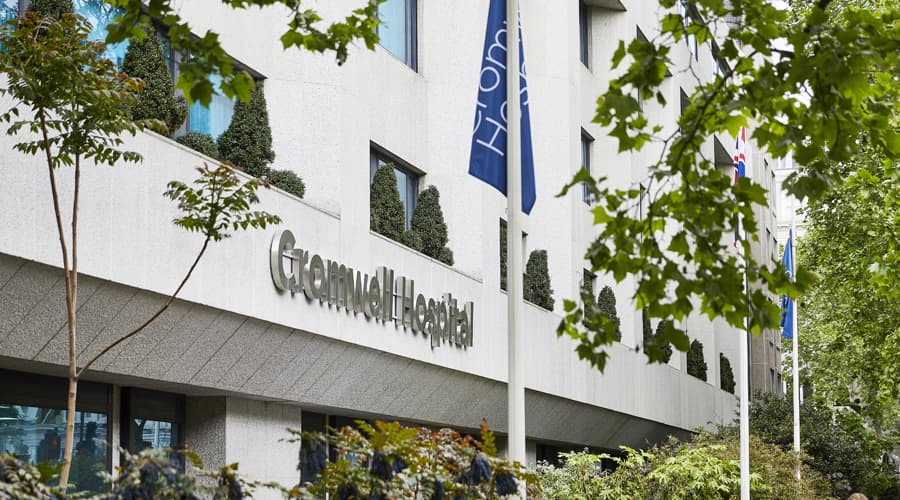Articular cartilage surgery (chondroplasty)
A surgical procedure to smooth the surface of the articular cartilage to restore movement in the knee.
About articular cartilage surgery
Articular cartilage surgery involves chondroplasty – where cartilage is smoothed within a joint to restore movement.
There are two types of cartilage in the knee – the thick, rubbery pads of cartilage known as the menisci and the cartilage that coats the end surfaces of the bones in the joint, known as articular cartilage.
Like the meniscus, articular cartilage can get damaged as a result of injury or diseases such as arthritis.
If articular cartilage is torn or damaged, the ragged edges can catch within the joint, causing stiffness, pain and swelling, locking, and giving way.
Chondroplasty involves smoothing the surface of the articular cartilage by either shaving the articular cartilage, making drill holes into the defect in the cartilage to generate fibrocartilage, or treating it with a radio frequency probe. This allows the surfaces to move with less friction or irritation.
The surgery is carried out through keyhole surgery (arthroscopically).
It is usually carried out under general anaesthetic, which means you’ll be asleep. The operation takes about 30 to 60 minutes.
Your surgeon will make a number of small cuts on your knee, and insert a tiny telescopic camera and small surgical instruments. This means your surgeon carry out the operation using a monitor.
The articular cartilage is either cut away, shaved until the surface is smooth, or drilled with holes in order to generate fibrocartilage. Your surgeon will close the area with surgical sutures/clips or dissolvable stitches.
You should be able to return home on the day of the operation and begin putting some weight on your leg immediately.
You will need to use crutches from a few days to six weeks after surgery and might need to ice your knee if it is still swollen. Any pain should be manageable with over-the-counter painkillers.
You’ll need to keep your wounds dry for up to 14 days after the operation to help with healing.
If you have a desk job, you may be able to return to work within a few days. Those with more active jobs may take longer to recover.
You will be given some exercises to help strengthen your knee and the surrounding structures, and may be referred to a physiotherapist. You should be able to return to sports or exercise after about six to twelve weeks.
Paying for your treatment
We welcome both self-paying and insured patients.
Self-pay patients
We offer several ways for patients to self-pay, including pay-as-you-go and self-pay packages.
Insured patients
At Cromwell Hospital, we accept private health insurance from most major providers, including AXA, Aviva, Bupa, and Vitality.
Our locations

Book an appointment today
Our telephone lines are open 8am to 8pm Monday to Friday and 8am to 2pm Saturdays.
Alternatively, fill out our appointment request form and we'll be in touch shortly.
Please note - regrettably we are unable to answer specific medical questions or offer medical advice via email or telephone.
